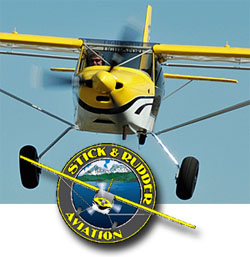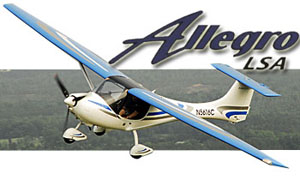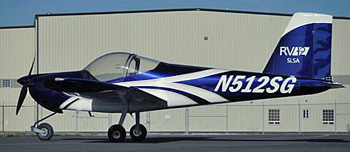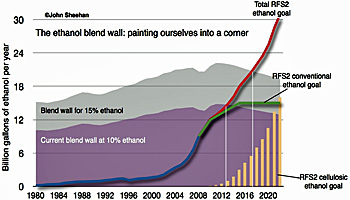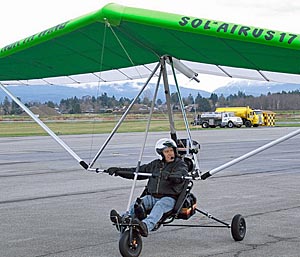
From the land of sky-blue waters comes … no, not a beverage but Canada’s first electric ultralight. And sky-blue waters aren’t the point; instead, it’s all about blue skies and getting up to them for a bit of soaring fun. Thanks to my journalist friend Russ Niles, Editor-in-Chief of AvWeb (one of my favorite aviation websites), I heard about a Canadian friend who’s done some interesting development work. Given the general excitement about electric power and my personal interest in soaring flight, I called up my old friend. Like many of us who enjoy soaring hang gliders, developer Randy Rauck said, “I always wanted to apply electric to a lightweight trike so we could quickly and easily fly our hang gliders up to where the thermals abound.” When he’s not creating a new powerplant Randy runs the Freedom Flight Park in Lumby, BC Canada. “I wanted to try electric to get away from the vibration of a lightweight two-stroke gasoline engine.



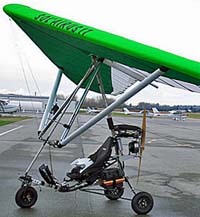


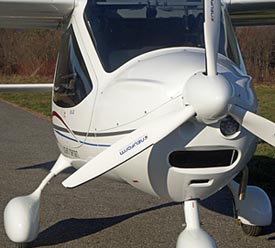




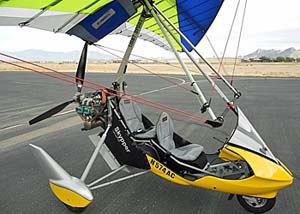
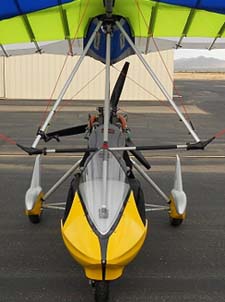



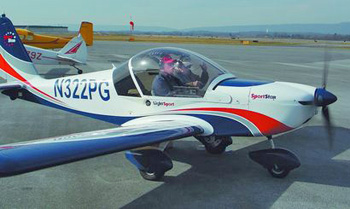




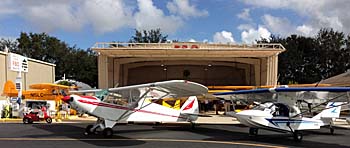




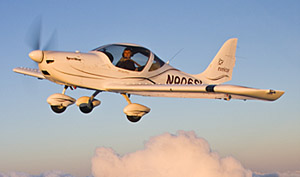





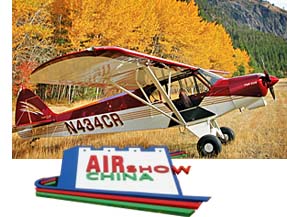
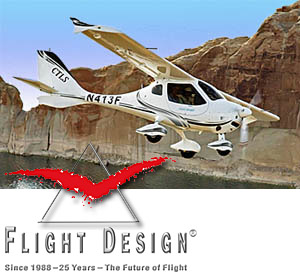

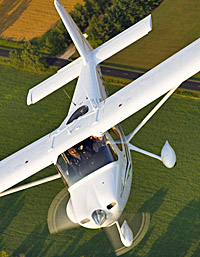

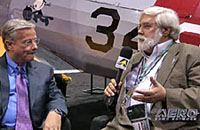

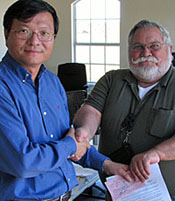
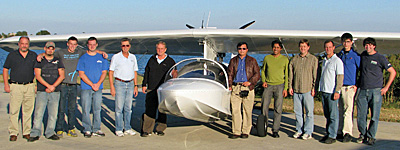



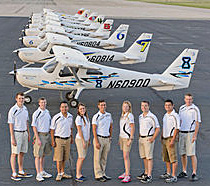






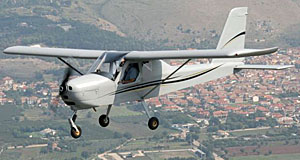

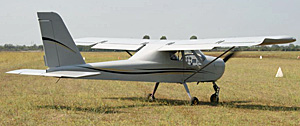
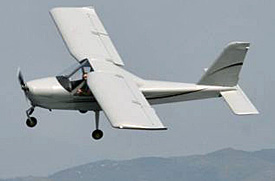


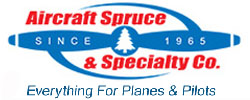




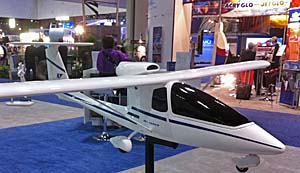 Strolling around 1,073 exhibitors at the National Business Aircraft Association's show in the Orlando Convention Center is something like walking on another planet, at least for a recreational / Light-Sport Aircraft enthusiast. The displays, while not as lavish as in years past, are elaborate and expensive; several were two-story-high affairs with lunch being served to jet buyers on the upper deck.
Surreal as it was, I found something surprising: quite a few of the people I talked to knew about Light-Sport and those that did relaxed their facial expression after hearing me identify my work as "fly for fun." I felt it brought out the joy of flight in people who mostly pursue aviation as business transport or working aircraft. Higher salaries do not equate to a higher passion for flight.
Strolling around 1,073 exhibitors at the National Business Aircraft Association's show in the Orlando Convention Center is something like walking on another planet, at least for a recreational / Light-Sport Aircraft enthusiast. The displays, while not as lavish as in years past, are elaborate and expensive; several were two-story-high affairs with lunch being served to jet buyers on the upper deck.
Surreal as it was, I found something surprising: quite a few of the people I talked to knew about Light-Sport and those that did relaxed their facial expression after hearing me identify my work as "fly for fun." I felt it brought out the joy of flight in people who mostly pursue aviation as business transport or working aircraft. Higher salaries do not equate to a higher passion for flight.
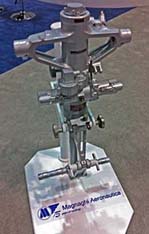 The one and only LSA I saw was the Sky Arrow, now from Magnaghi Aeronautica, and that Sky Arrow was just a model on a stand. Yet they showed this charm and simplicity clustered among complex displays of the landing gear legs they make for the airline industry. That a major aerospace supplier like Magnaghi is pursuing Light-Sport Aircraft speaks to the enduring quality of our enjoyment of flight. I visited only briefly with new Magnaghi friends but it's always pleasant to see familiar faces.
The one and only LSA I saw was the Sky Arrow, now from Magnaghi Aeronautica, and that Sky Arrow was just a model on a stand. Yet they showed this charm and simplicity clustered among complex displays of the landing gear legs they make for the airline industry. That a major aerospace supplier like Magnaghi is pursuing Light-Sport Aircraft speaks to the enduring quality of our enjoyment of flight. I visited only briefly with new Magnaghi friends but it's always pleasant to see familiar faces.
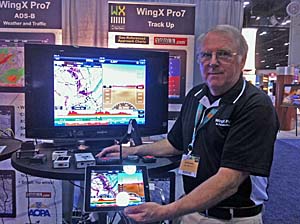 A dozen rows over — I found myself wishing I had a Segway to get around this enormous hall stuffed with more exhibitors than even AirVenture draws — I stumbled across a friend and fellow ultralighter, Jim Sweeney. These days, Jim is employed full time by the
A dozen rows over — I found myself wishing I had a Segway to get around this enormous hall stuffed with more exhibitors than even AirVenture draws — I stumbled across a friend and fellow ultralighter, Jim Sweeney. These days, Jim is employed full time by the 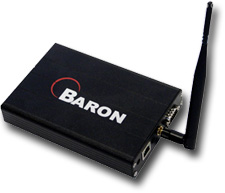 My main reason to attend NBAA #65 was to visit the folks at what most LSAers think of as "XM Weather." I got educated. XM is merely the delivery mechanism (a good one, but only the conduit) and it is the company that bills you for your in-flight weather... so it's the brand we all know. The source for that valuable info is a company called
My main reason to attend NBAA #65 was to visit the folks at what most LSAers think of as "XM Weather." I got educated. XM is merely the delivery mechanism (a good one, but only the conduit) and it is the company that bills you for your in-flight weather... so it's the brand we all know. The source for that valuable info is a company called 
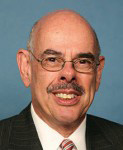



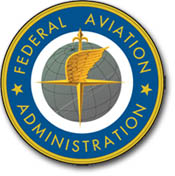

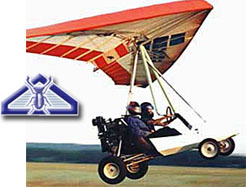
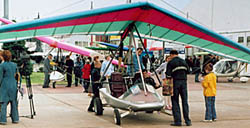
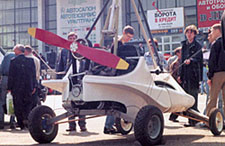


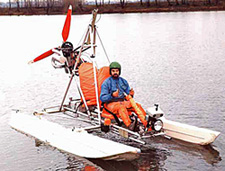

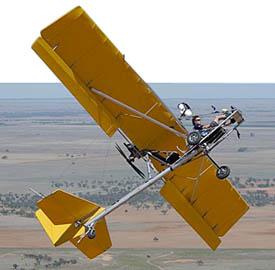 A most remarkable thing happened recently. No, I don't mean the sudden resignation of EAA president Rod Hightower. I refer to a recent (September 27, 2012) approval of a brand new Special LSA. Why is that noteworthy, especially as it is #128 on our
A most remarkable thing happened recently. No, I don't mean the sudden resignation of EAA president Rod Hightower. I refer to a recent (September 27, 2012) approval of a brand new Special LSA. Why is that noteworthy, especially as it is #128 on our 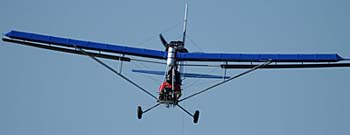 Nonetheless, Ed Pitman of
Nonetheless, Ed Pitman of 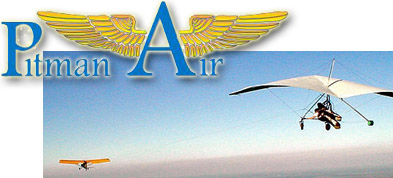 "I worked on this for 22 months to make it happen," explained Ed. "I went to Australia [where the design is now owned] for a month in March this year to insure they had their paperwork and processes in order. I advised Bill Moyes in the beginning that because of the bilateral agreement between U.S. and Australia he could run everything from Sydney, but he chose to have me represent America for the Dragonfly." Thus, Pitman Air is the official manufacturer of the Dragonfly SLSA and ELSA Kits. Americans can still buy Experimental Amateur Built kits directly from Australia but they cannot tow hang gliders or teach in these machines. According to FAR 91.327 the SLSA models can be used for "Compensation or Hire" for both aero towing and flight training. However, Ed reports he is working to obtain a waiver from
"I worked on this for 22 months to make it happen," explained Ed. "I went to Australia [where the design is now owned] for a month in March this year to insure they had their paperwork and processes in order. I advised Bill Moyes in the beginning that because of the bilateral agreement between U.S. and Australia he could run everything from Sydney, but he chose to have me represent America for the Dragonfly." Thus, Pitman Air is the official manufacturer of the Dragonfly SLSA and ELSA Kits. Americans can still buy Experimental Amateur Built kits directly from Australia but they cannot tow hang gliders or teach in these machines. According to FAR 91.327 the SLSA models can be used for "Compensation or Hire" for both aero towing and flight training. However, Ed reports he is working to obtain a waiver from 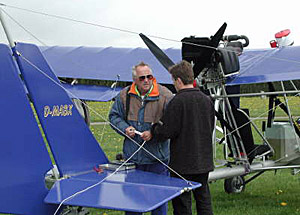 Presently Pitman Air offers the 65-hp Rotax 582-powered Dragonfly but Ed reported that
Presently Pitman Air offers the 65-hp Rotax 582-powered Dragonfly but Ed reported that 
